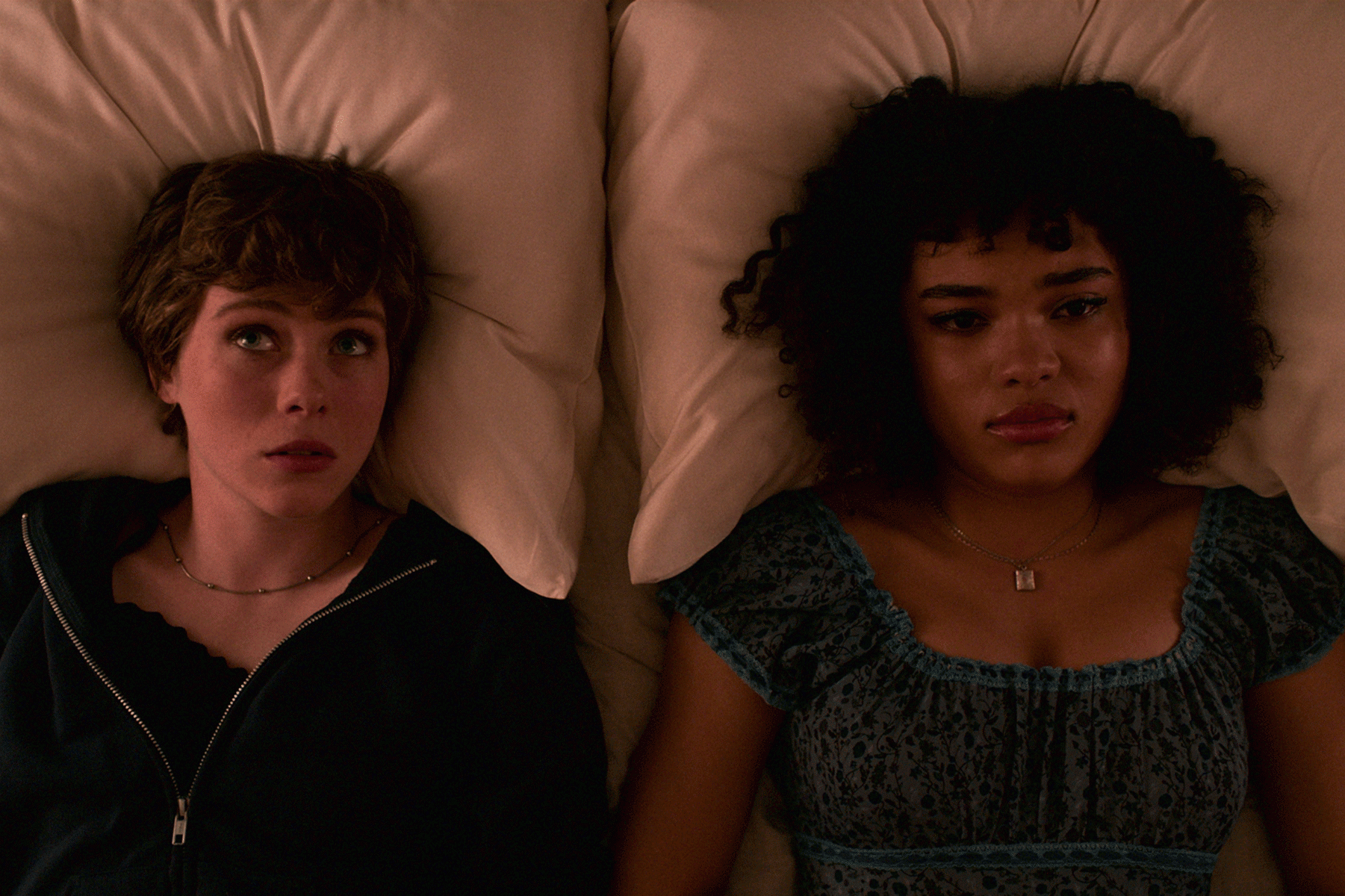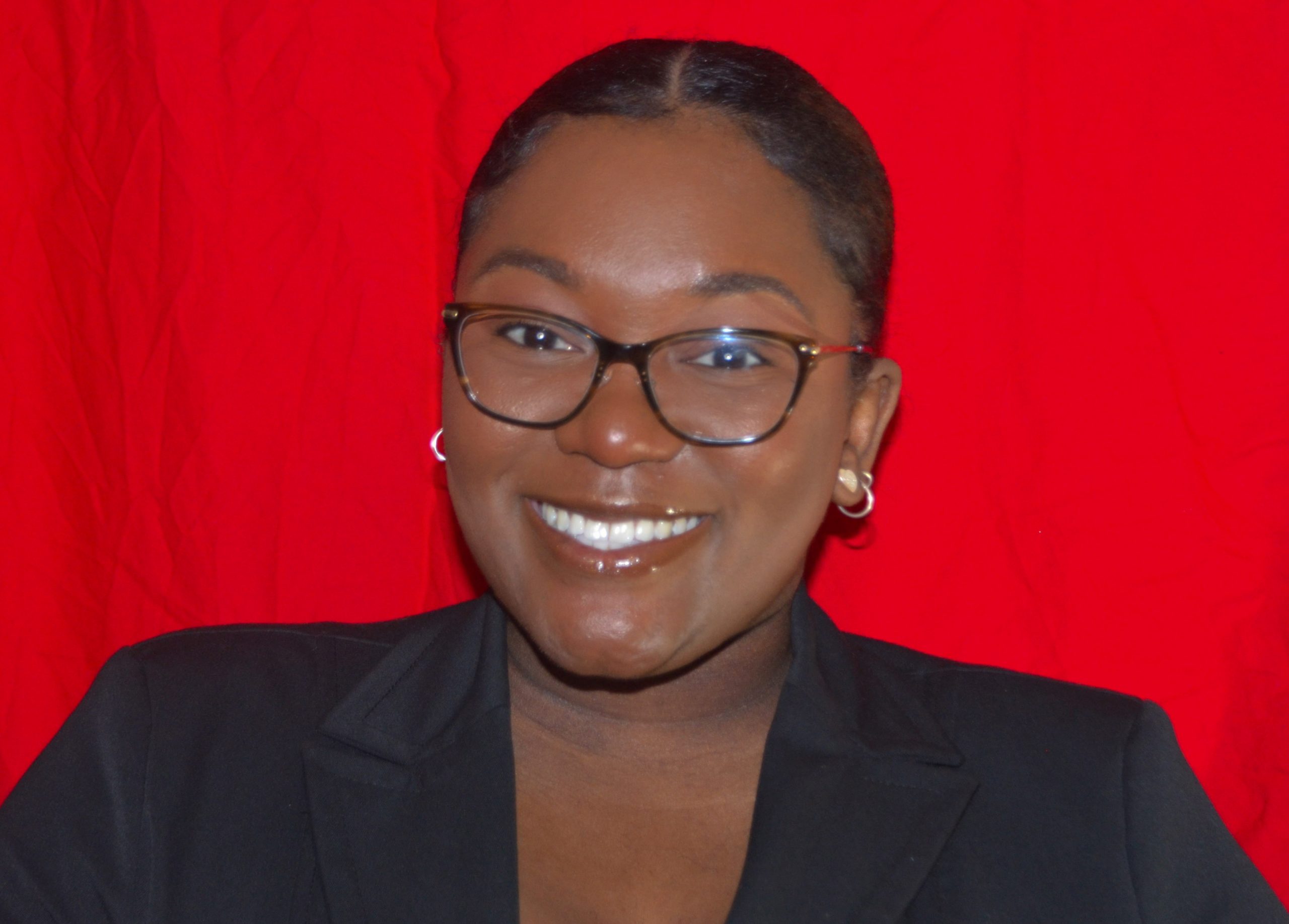Listen, this concept is played out. It’s boring. Can we please get something other than the bored suburban white girl with the black best friend? That is the relationship in almost every show or movie that Netflix puts out and, moreover, it’s not only Netflix. The film industry has been doing this for a very long time. Netflix recently released a series titled “I Am Not Okay With This” and from the trailer alone — I was unimpressed.
Within the first few seconds I assumed it was a “Carrie” reboot because our lonely, boring, teenage white girl is seen running down the street drenched in blood. The trailer plays and, boom, she all of a sudden develops powers — the same exact powers Carrie had in the film. The trailer was something I’ve seen time and time again, which is why I wasn’t encouraged to watch it. From the cast to the plot, it’s been done before. Let’s get outside the box.
https://www.youtube.com/watch?v=M9vp9lhZiqU
However, I am not here to discuss how repetitive the plots of movies and shows have been lately. The overall problem is the creatives who, ironically, lack the creativity when it comes to casting. Some people who have no ties to the issue are tired of the black community complaining about this topic, but if the film industry got it right the first time we wouldn’t be here, now, would we?
For decades movies and shows starred the suburban white kid whose best friend is almost always a black person. For those who haven’t been paying attention, let me give you some examples:
— She may have given her sister some good advice as she grows up, but in “Good Luck Charlie,” Teddy’s best friend is Ivy (Raven Goodwin) and PJ’s best friend is Emmett (Micah Stephen Williams).
— The iconic film “Clueless” stars the clueless Cher (Alicia Silverstone) and her best friend, Dionne (Stacey Dash).
— In the “Percy Jackson & the Olympians” series Percy’s best friend is Grover, who is played by Brandon T. Jackson.
— We all love the Gallaghers, but “Shameless” is as guilty as the rest of them. In the series, Fiona’s best friend Veronica “V” Fisher is played by Shanola Hampton.
— In the classic “High School Musical” series, Troy’s best friend, Chad, was played by Corbin Bleu, and Gabriella became best friends with Taylor, who is played by Monique Coleman.
— Even in the reboot, “High School Musical: The Musical – The Series,” Nina’s best friend, Kourtney, is played by Dara Reneé. Surprisingly, Richard’s best friend “Big Red” wasn’t black. Shocker.
The list goes on and on, but because we are using “I Am Not Okay With This” as the example, let’s stick to some Netflix originals:
— “Tall Girl”
— “Chilling Adventures of Sabrina”
— “Trinkets”
— “The Perfect Date”
— “When We First Met”
Again, the list can go on and on. As these films were created, watched and critiqued, no one bothered to point out their cast has some blatant similarities. In every single movie. It’s because of these similarities that I don’t find any of these films the least bit interesting. I watched the trailers and as soon as I saw the white main character supported by the black best friend, I exited out. They’re all the same, both the plot and the cast.
We all know representation matters: Growing up as a dark skin chocolate girl, I loved seeing other black girls and women on TV. It gave me people to look up to. It was motivation and inspiration because I could be just like them. That’s why “Dream Girls” is my all-time favorite movie. Whenever it comes on you’ll hear me screeching all things Effie White.
Another example would be “That’s So Raven.” It’s a show where the main character is a black girl. Not only is she black, but she lived in a two-parent household where both of her parents were black and to top it off, Raven served looks in every episode. She had different hairstyles, whether it was a protective style or a silk press and sis could dress. She wore the same hairstyles I did and even created the ones I wanted.
It’s a different feeling watching “That’s So Raven” where the show revolves around her versus watching “Good Luck Charlie” where Ivy is only on screen for a couple minutes every other episode. It’s important to cast both black men and women as leads and not supporting characters because they inspire those watching them.
If you caught my “Dream Girls” reference to Effie White then you might be wondering why I chose Effie White instead of the “main” character, Deena Jones, which leads me to my second point. If you’re going to stick with the boring and predictable white girl with the black best friend trope can she be darker than a Grande caramel frappe from Starbucks? Please?
Nearly every black best friend casted is the same biracial or light skinned character. Can we get some variety? I know the film industry isn’t using the paper bag test when casting the black best friend but it certainly seems like it. How come those of lighter complexion get casted more often than those that are darker? The answer to this question is light skin privilege.
Just how white people have white privilege, those in the black community of lighter complexion have light skin privilege. Whether you want to acknowledge it or not, light skinned men and women get treated 10 times better than those of darker complexion inside and outside the black community. This is also explained in the term “colorism.”
To me, it seems like after the film industry grew tired of the complaints about the lack of representation, they felt maybe the remarks would stop if they added in some light skinned people because technically they’re black. This is why it’s rare to see dark skinned men and/or women on screen as the main character and not the best friend of a white suburban girl/boy.
The point I’m trying to make is this: Let’s be creative. Stop using biracial or light skinned actors and actresses as a supporting character. Include a gradient in your cast. Have real diversity. Not five white characters and one light skinned character.
Let’s get more casts that look like:
— “Black Panther”
— “Get Out”
— “Us”
— “Insecure”
— “How to Get Away with Murder”
— “Moonlight”
— “The Photograph”
— “Girls Trip”
— “Scandal”
Again, the list can go on because recently, with the support of black actors, actresses, directors, writers, producers, etc. there’s finally change happening in the film industry. Did it take some time? Yes, but it’s better late than never.
Even though I was older I still got to see women who looked like me. Women who inspired me to keep going. It’s because of the beautiful dark skin women that I see on TV and the incredible black women who raised me that I have the dreams I have. It’s because of them that I am so confident in what I want. Kids and even adults need to see people who look like them on TV because it’s inspiring.
So, let’s get rid of the suburban white girl with the black best friend cast like “I Am Not Okay With This,” because it’s played out. It’s been done time and time again and needs to stop. Throw it away. Add some excitement and bring something new and fresh to the screen. How about casting a black person darker than a caramel frappe as the main character? Next time, pitch an all-black cast and see how the feedback is.

















